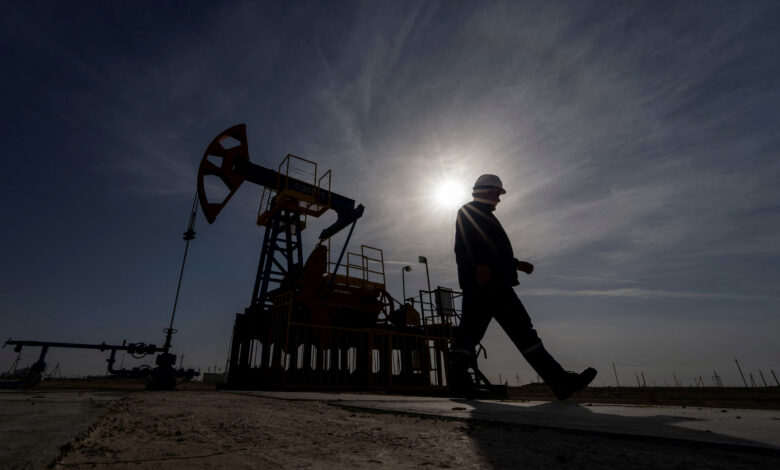IEA trims oil demand forecast on weakness in wealthier countries

THE International Energy Agency (IEA) trimmed its forecast for 2024 oil demand growth on Friday (Apr 12), citing lower than expected consumption in OECD countries and a slump in factory activity.
The Paris-based energy watchdog lowered its growth outlook for this year by 130,000 barrels per day (bpd) to 1.2 million bpd, adding that the release of pent-up demand by top oil importer China after easing Covid-19 curbs had run its course.
“Delivery data for many countries came in on the soft side, as unusually warm late-winter weather curtailed OECD heating fuel use by more than normal,” the IEA said in its monthly oil report.
“Additionally, the protracted factory slump in advanced economies continued to depress demand for industrial fuels.”
The outlook falls far short of Opec’s forecast on Thursday of 2.25 million bpd this year based on robust fuel use in summer months, but exceeds the US government’s energy forecast of growth at a more modest 950,000 bpd.
Demand growth in 2025 will edge down to 1.1 million bpd, the IEA added, with global GDP growth forecast to remain steady and electric vehicle expansion expected to gather pace, it said.
GET BT IN YOUR INBOX DAILY

Start and end each day with the latest news stories and analyses delivered straight to your inbox.
After emerging later than other countries from Covid-19 movement restrictions, China is expected to account for less of the world’s demand growth.
The IEA noted that China’s contribution to the global increase in oil demand is set to weaken from 79 per cent in 2023 to 45 per cent in 2024 and 27 per cent next year.
“Despite the (global) deceleration that is forecast, this level of oil demand growth remains largely in line with the pre-Covid trend, even amid muted expectations for global economic growth this year and increased deployment of clean energy technologies,” the IEA said.
Growth in global supply, the IEA said, will hit 770,000 bpd to reach a total of 102.9 million barrels per day, led by countries outside the Organization of the Petroleum Exporting Countries and allies (Opec+). REUTERS

